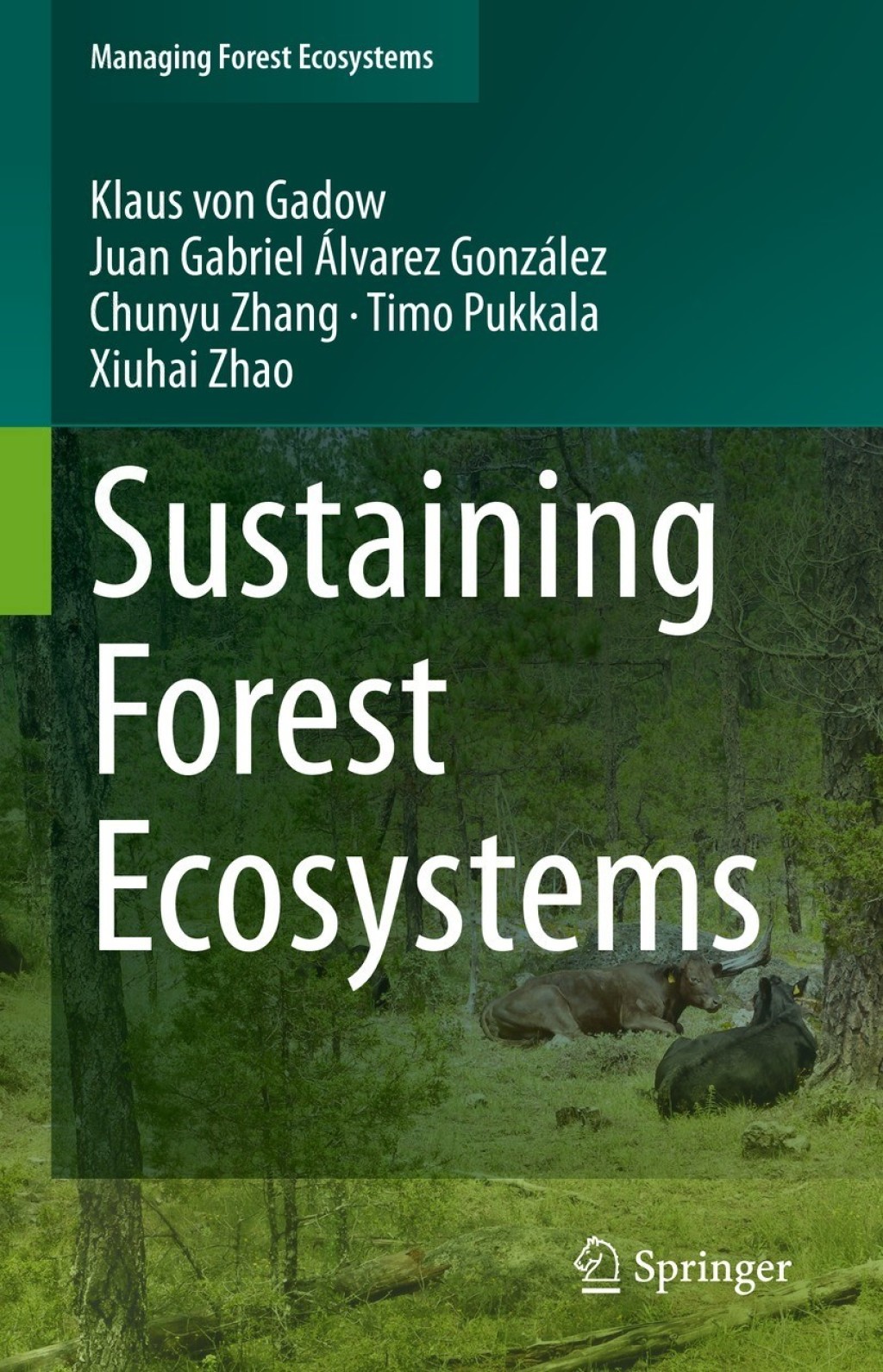Forest ecosystems include a great variety of communities of organisms interacting with their physical environment: multi-aged natural forests, even-aged monocultures, and secondary forests invaded by foreign species. The challenge is to sustain their ability to function, by adapting to changing climates and satisfying a multitude of human demands. Our first chapter sets the scene with a discussion about the effects of forest management on ecosystem services. Details about forest observational infrastructures are introduced in the second chapter. The third chapter presents methods of analysing forest density and structure. Models for estimating the shape and growth of individual forest trees are introduced in chapter 4, models of forest community production in Chapter 5. Methods and examples of sustainable forest design are covered in chapter 6. New scientific contributions continue to emerge as we are writing, and this work is never finished. We hope to continue with regular updatesreplacing obsolete sections with new ones, but the general aim remains the same, to introduce a range of methods that will assist those interested in sustaining forest ecosystems.ÂÂ
Sustaining Forest Ecosystems
Author(s): Klaus von Gadow; Juan Gabriel ÃÂlvarez González; Chunyu Zhang; Timo Pukkala; Xiuhai Zhao
Publisher: Springer
ISBN: 9783030587130
Edition:
$39,99
Delivery: This can be downloaded Immediately after purchasing.
Version: Only PDF Version.
Compatible Devices: Can be read on any device (Kindle, NOOK, Android/IOS devices, Windows, MAC)
Quality: High Quality. No missing contents. Printable
Recommended Software: Check here










